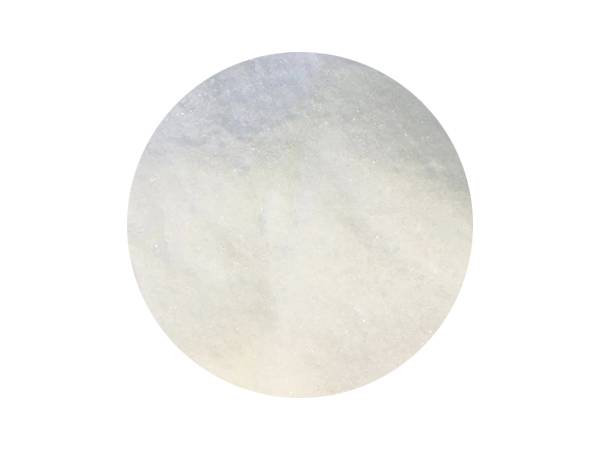



msds naoh solid
Understanding the Safety Data Sheet for Solid Sodium Hydroxide (NaOH)
Sodium hydroxide (NaOH), commonly known as lye or caustic soda, is a highly versatile chemical used across various industries. It is essential to understand the handling and safety precautions associated with this substance, particularly when dealing with its solid form. The Safety Data Sheet (SDS) for solid sodium hydroxide provides critical information that ensures safety in both industrial and laboratory settings.
Chemical Properties and Composition
NaOH is an inorganic compound composed of sodium (Na), oxygen (O), and hydrogen (H). In its solid state, it appears as white, odorless pellets, flakes, or granules. It is hygroscopic, meaning it readily absorbs moisture from the air, which can affect its handling and storage. Sodium hydroxide has a high melting point of about 318 degrees Celsius (604 degrees Fahrenheit) and is highly soluble in water, producing an exothermic reaction that generates significant heat.
Hazards and Risks
The SDS outlines several hazards associated with solid sodium hydroxide. Primarily, it is classified as a corrosive substance, capable of causing severe burns upon contact with skin or eyes. Inhalation of its dust can lead to respiratory irritation or damage, and ingestion can cause serious injuries or even be fatal. Due to its reactive nature, sodium hydroxide can also react violently with acids, some metals, and organic materials, potentially leading to hazardous situations.
To mitigate these risks, the SDS specifies the required personal protective equipment (PPE) for handling solid sodium hydroxide. This equipment typically includes chemical-resistant gloves, safety goggles, face shields, and protective clothing. Proper ventilation is also critical to minimize inhalation risks when working with sodium hydroxide.
First Aid Measures
msds naoh solid

The SDS provides crucial first aid measures in the event of exposure to solid sodium hydroxide. If skin contact occurs, it is essential to remove contaminated clothing and flush the affected area with copious amounts of water for at least 15 minutes. In the case of eye exposure, immediate irrigation with water or saline for at least 15 minutes is important and medical attention should be sought promptly.
For inhalation, moving the affected individual to fresh air and seeking medical assistance if respiratory distress occurs is advised. If ingestion occurs, it is vital not to induce vomiting and to seek emergency medical care immediately.
Storage and Handling
When storing solid sodium hydroxide, the SDS emphasizes the importance of keeping it in a cool, dry location, away from incompatible materials such as acids, organic compounds, and metals. Containers should be tightly closed, and any damaged or leaking packages should be handled with extreme care and reported. Proper labeling of containers is essential to ensure that anyone handling the substance is aware of its hazards.
Environmental Considerations
The SDS also discusses the environmental impact of sodium hydroxide. While it is a strong base and can neutralize acids, careless disposal into waterways can significantly alter pH levels and harm aquatic life. Therefore, proper waste management practices must be followed, ensuring that any disposal of solid sodium hydroxide aligns with local regulations and environmental guidelines.
Conclusion
Understanding the Safety Data Sheet for solid sodium hydroxide is crucial for anyone involved in its handling or use. The SDS provides comprehensive information on the chemical's properties, hazards, first aid measures, storage requirements, and environmental considerations. By following these guidelines, users can minimize risks and ensure safe handling practices, protecting both individual health and the environment. Sodium hydroxide remains a valuable chemical across various applications, but appropriate safety measures must always be prioritized to prevent accidents and injuries.
-
Why Sodium Persulfate Is Everywhere NowNewsJul.07,2025
-
Why Polyacrylamide Is in High DemandNewsJul.07,2025
-
Understanding Paint Chemicals and Their ApplicationsNewsJul.07,2025
-
Smart Use Of Mining ChemicalsNewsJul.07,2025
-
Practical Uses of Potassium MonopersulfateNewsJul.07,2025
-
Agrochemicals In Real FarmingNewsJul.07,2025
-
Sodium Chlorite Hot UsesNewsJul.01,2025










